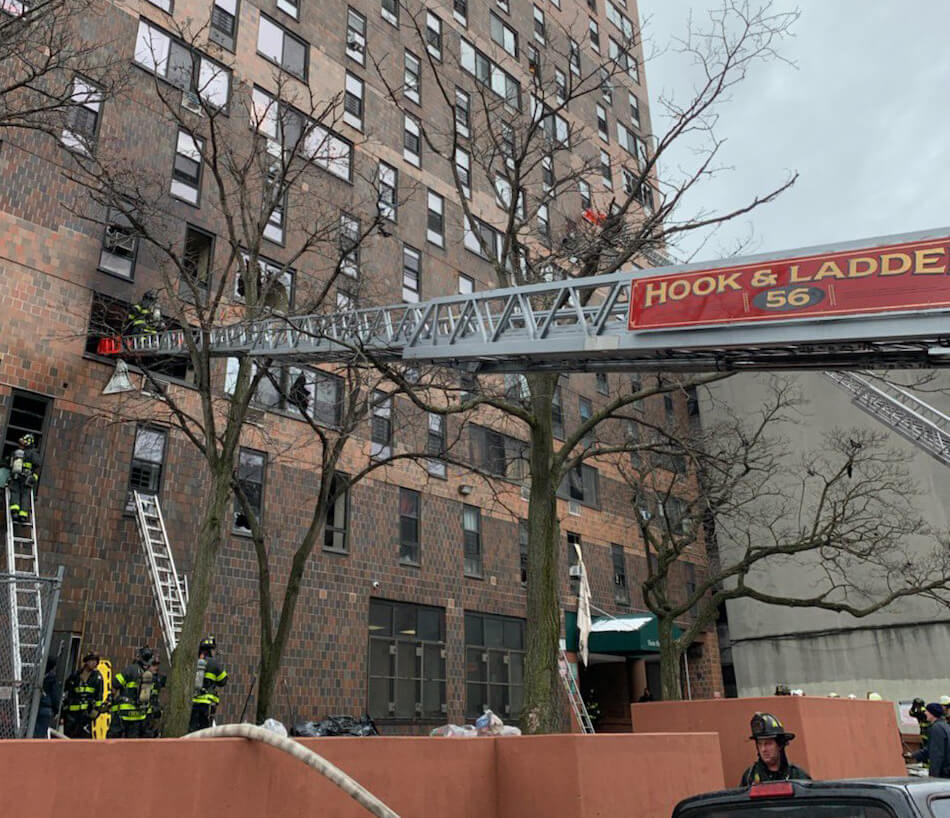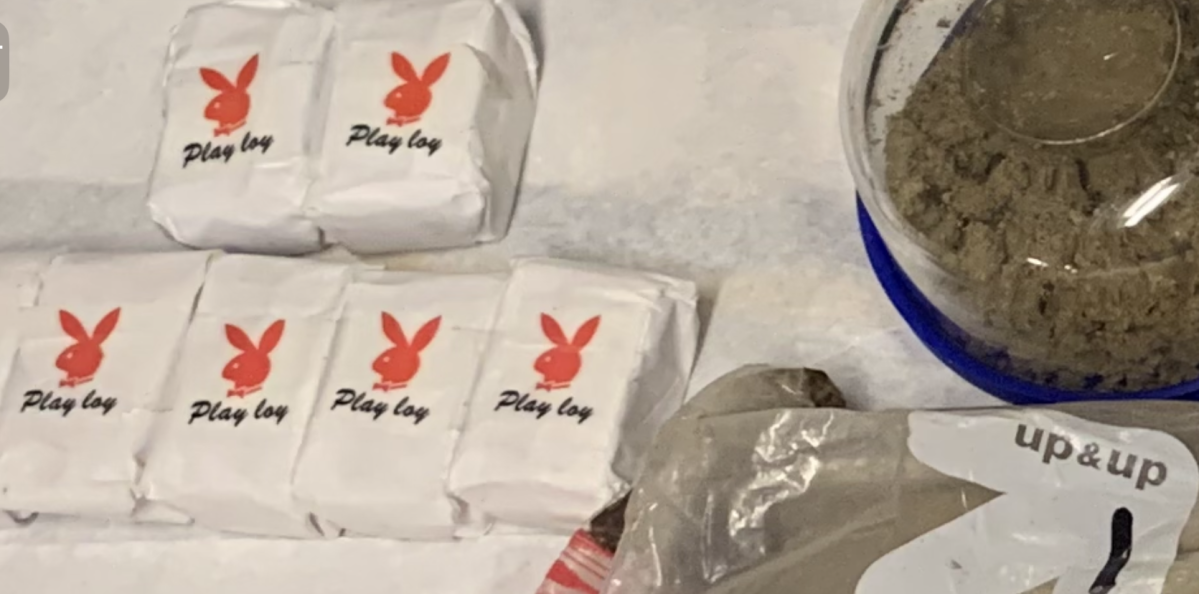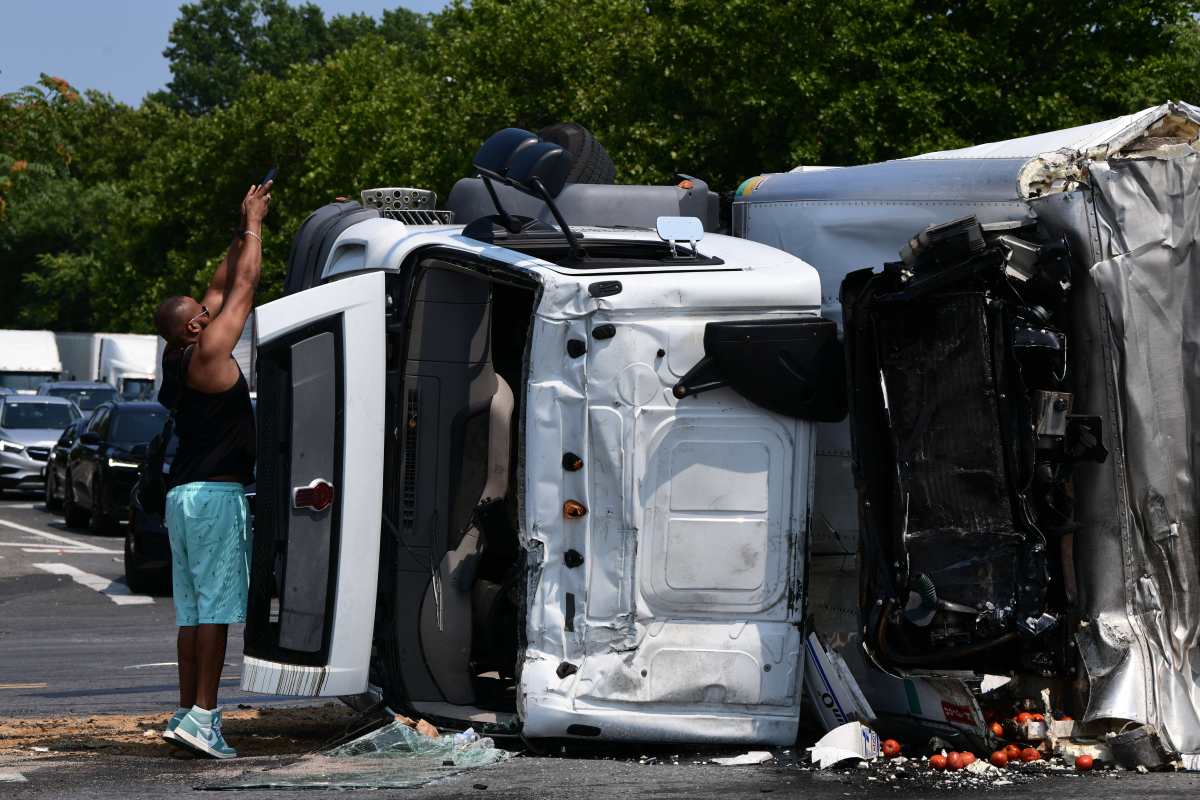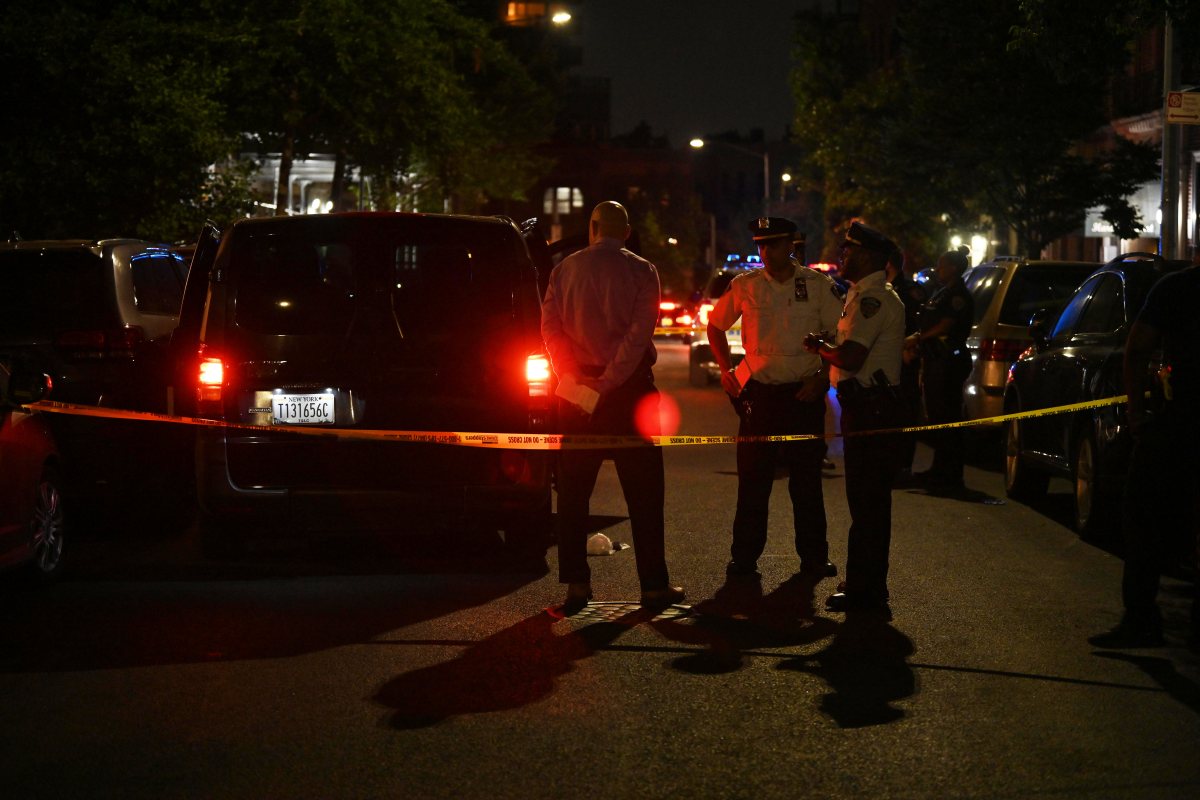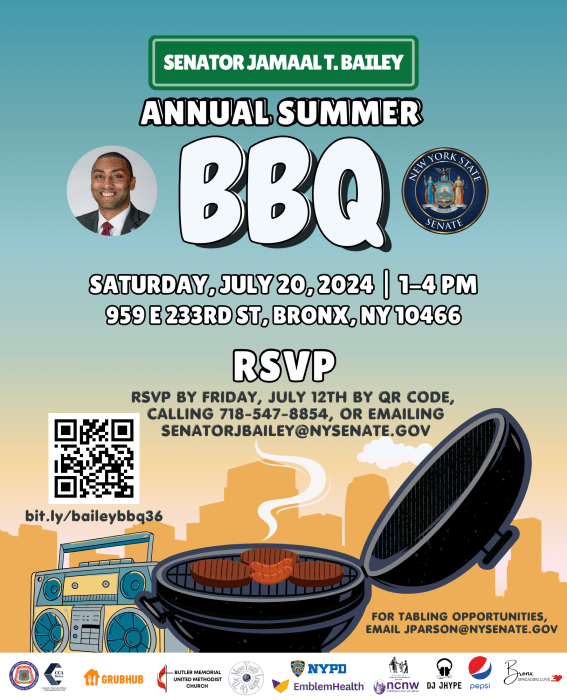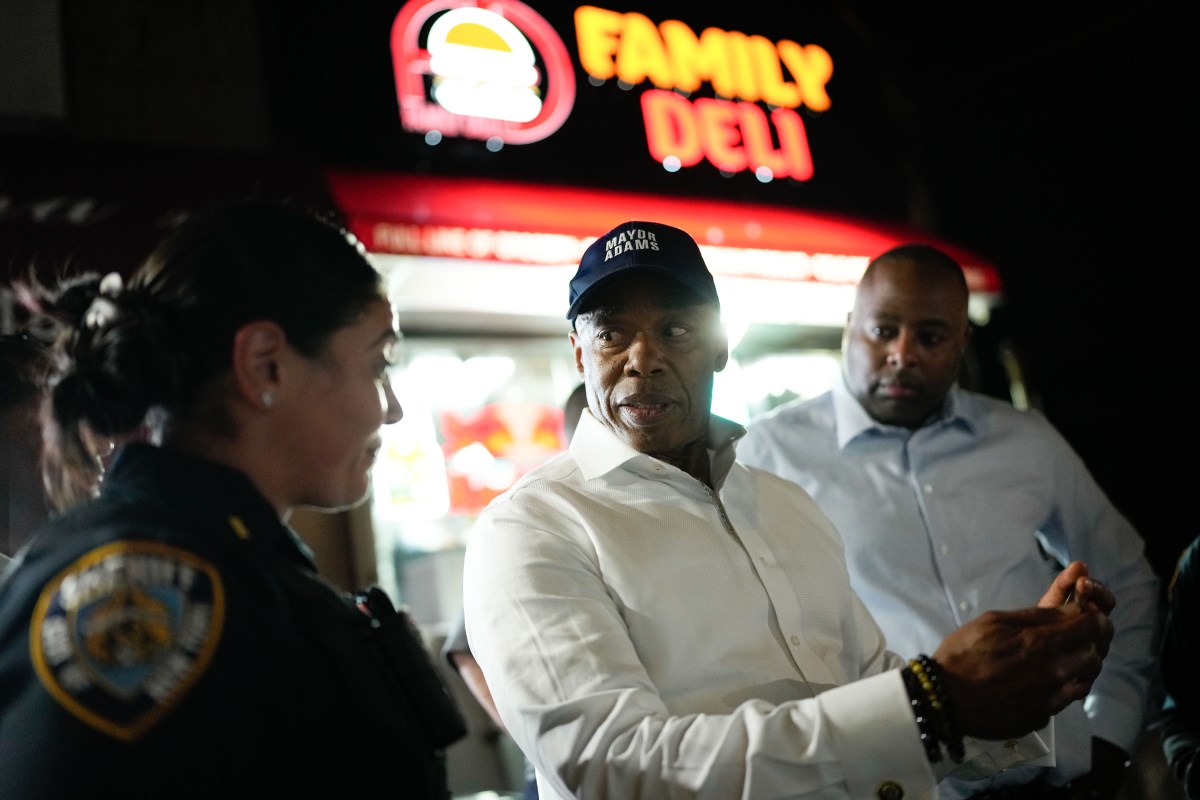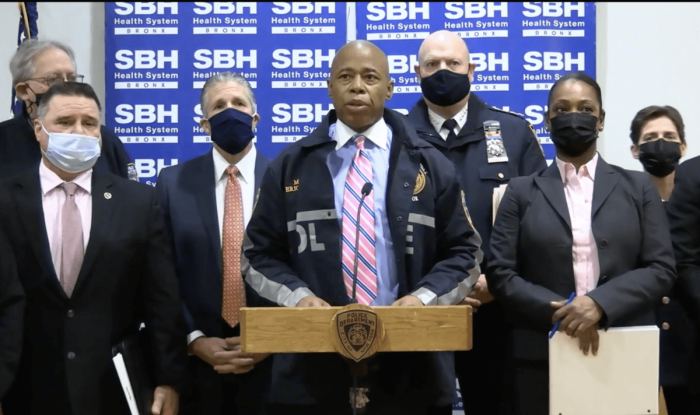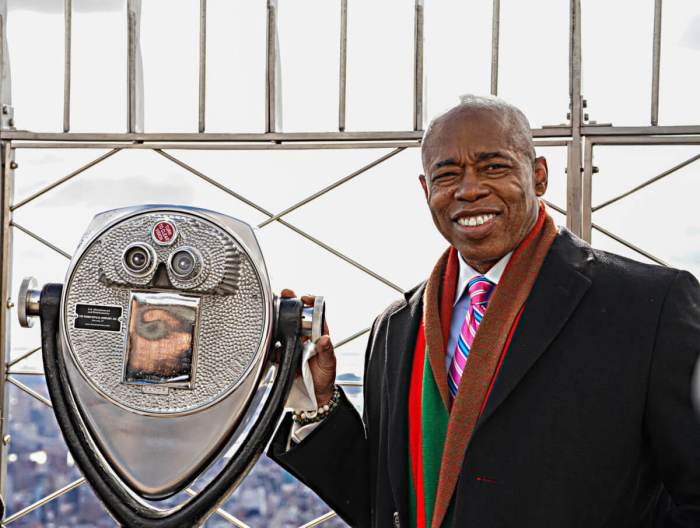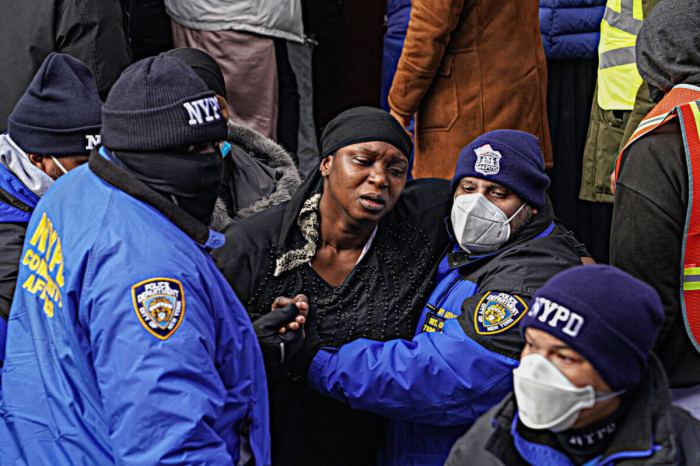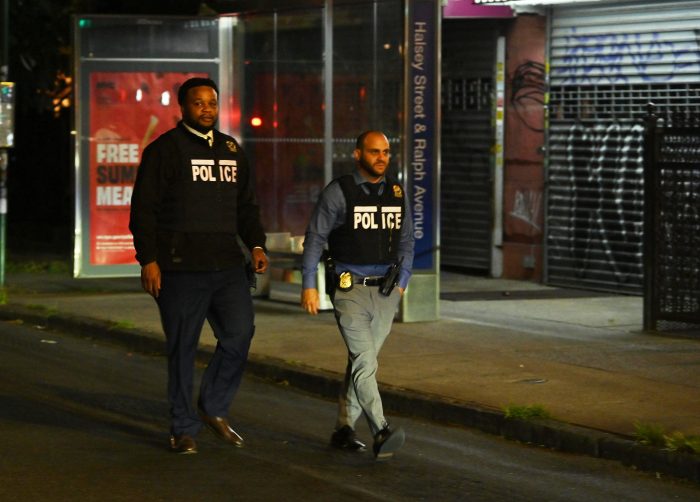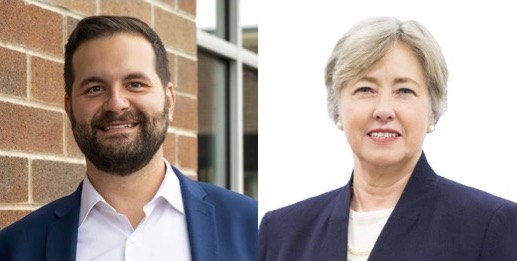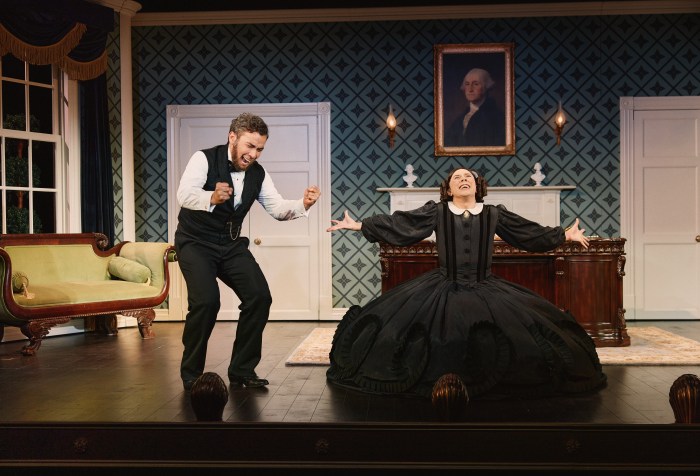January
Nine days into the new year, the Bronx was beset by its worst fire in 30 years at the Twin Parks North West apartment complex. The fire and its tragic aftermath would be the feature of local coverage for the ensuing months.
At the time of the Twin Parks fire, which killed 17 — including 8 children — and displaced more than 100 families, the 52-year-old building had been flagged with 18 open violations, and 174 total violations since new ownership Bronx Park Phase III Preservation LLC took over in 2020.
The Bronx fire set a somber mood for the Fordham Heights area, and the Bronx at large, as funerals and vigils in the ensuing days were just the start of a saga that included scrutiny of federal and local fire safety guidelines, inconsistency in city aid for displaced tenants, and set a slew of lawsuits against the city and building owners.
The Bronx fire was just one of the early crises for incoming Borough President Vanessa Gibson’s administration — becoming the first woman and Black person to fill the role. Gibson told the Bronx Times that month that she was jumping from “crisis to crisis,” as high-profile shootings, such as an incident involving a one-year-old, would cause a surge in both fear and fear-driven coverage of crime that would set the tone for the upcoming midterm elections.
The Bronx saw a rise in crime: a 150% uptick in shootings from January 2020, and incidents where an 11-month old girl was hit in the face by a stray bullet while in her car seat, a Belmont cop was shot, and a building exploded in Longwood.
Jacobi staff call for increased security as ER shooting suspect remains at large
One particular shooting incident that month occurred in the Emergency Room waiting area at Jacobi Medical Center, and in the wake of the shooting, Jacobi staff told the Bronx Times it was another in a string of violent altercations at the medical center over the past few months.
The borough also battled the omicron wave of COVID-19, as a three-week surge in cases led to multiple hot spots in the central Bronx and a high hospitalization rate.
February
The year’s shortest month was not without its share of important news, and a month after the smoke had settled from the Twins Parks apartment building, displaced tenants — many of whom were staying in hotels — began to share their stories through class-action lawsuits and grievances regarding the city’s efforts to rehouse them.
Much of February saw city and local officials coordinating aid and transition plans for displaced families of the fire as well as managing myriad hiccups for victims, such as cramped hotel accommodations or expediting travel visas for immigrant families hoping to mourn their loved ones in New York.
In response to a rise in gun violence citywide in January, Mayor Eric Adams began centering his crimefighting approach around his Blueprint to End Gun Violence plan, with a focus on stopping the proliferation of guns in the city.
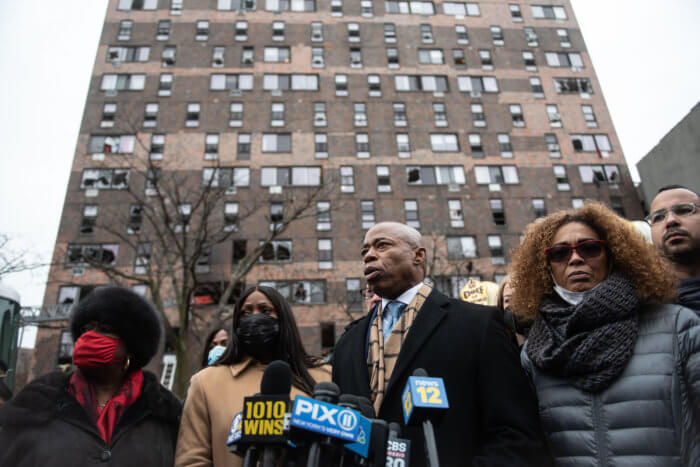
For the Bronx, the effects of a marathon pandemic was seen in the borough’s commercial corridors. During the pandemic, roughly 40% of Bronx businesses closed their doors, with an estimated 60%-80% of South Bronx minority-owned businesses at risk of closure without serious financial relief.
Gov. Kathy Hochul visited the the Bronx to address this issue, proposing a few workforce programs meant to build up business in the borough.
There was good news for the South Bronx in the year’s second month, as the Women’s Housing and Economic Development Corporation had received a $2.5 million grant to complete construction of the Bronx Music Hall, soon-to-be the first constructed music performance venue to open in the Bronx in more than a half century.
And over in the Grand Concourse section, community members lamented the gradual deterioration and neglect of a historic landmark — the Pilgrim United Church of Christ, a once-safe space turned abandoned and graffiti-laden.
March
Anxious to transition New York into a “post-COVID” world, the statewide mask mandate in schools expired on Wednesday, March 2, while the city lifted theirs on March 7. Mayor Adams would soon suspend vaccine requirements for indoor businesses and provide vaccination exemption for the city’s entertainers and athletes — a move that would be decried by private sector employees who were still under the mandate.
Speaking of the Mayor, a week after the Twin Parks fire, the Adams administration touted that 100% of the proceeds from the Bronx Fire Relief Fund — which received thousands of grassroots donations as well as support from business and philanthropic community partners — would to go those affected or displaced from the fire.
Show me the money: Bronx fire victims, community groups asking ‘what’s in the Mayor’s Fund?’
But at the time, affected Twin Parks tenants had only received $2,250 from the fund, after two months of confusion from local officials over what was in the reserve. After two months of uncertainty regarding the total amount raised for Bronx fire victims, the Adams administration announced it was delivering $3 million in cash assistance to more than 150 households impacted by the Twin Parks fire.
Inflation began stretching consumers’ wallets across the nation in March, and Bronx families began grappling with high prices in supermarkets — showing the first signs of an affordability crisis in the city that trickled into the summer.
March also saw the first of what would be 18 deaths (to date) at the controversial Rikers Island prison complex, as Tarz Youngblood, 38, died at the facility on the first day of the month.
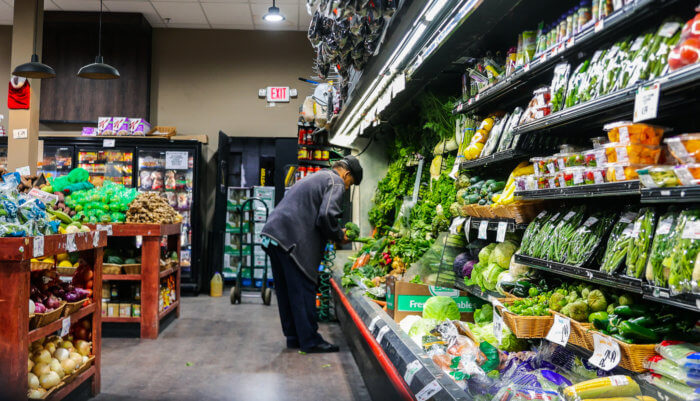
And eviction cases in New York City courtrooms began stockpiling, precipitated by the repeal of the state’s eviction moratorium on Jan. 15. By March’s end, there were 220,000 pending eviction cases in the city — over half of which were filed during the pandemic — and nearly 600,000 households behind on rent, with tenants of color disproportionately impacted.
Additionally, after a two-week blitz to dismantle 150 homeless encampment sites across the city, Mayor Adams unveiled a new 80-bed safe haven homeless facility in the South Bronx.
April
The city’s largest public issues-oriented survey, NYC Speaks, would provide a glimpse into the concerns of many in the city. The survey reported that in order for the borough to be “safe,” the city needed to build more affordable housing to reduce homelessness and increase the presence of social workers in crisis response calls.
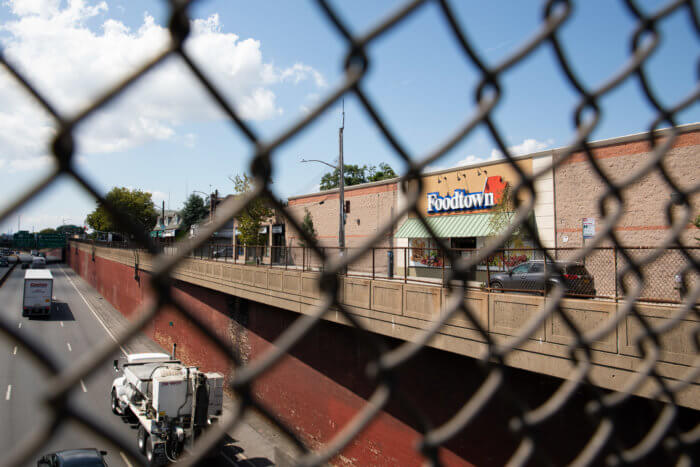
One of the Bronx’s biggest local stories of the year began to take shape in Throggs Neck, as local residents took issue with the Bruckner Boulevard rezoning proposal to bring a handful of buildings — two of which would have eight stories — to a low-density neighborhood. Much of the ensuing drama around the issue would center on hostile community meetings and warring sentiments of NIMBYism, opposition by residents to proposed developments in their communities.
Four-building Bruckner rezoning proposal ‘a very uphill climb,’ but developers persist
After a ghost gun was used in the recent shooting death of a teen in Mott Haven, Bronx lawmakers began a push for gun legislation action on the federal level. High-profile shootings in the Bronx, like the Mott Haven teen — Angellyh Yambo, 16, who was murdered on April 9 by stray bullets — as well as a shooting in Brooklyn, where Frank James allegedly shot up a subway, injuring 23, including 10 who suffered gunshot wounds, became a sounding point lawmakers and community leaders urging stricter gun control.
Torres and gun safety advocates announce new federal push to curb ghost guns
Reach Robbie Sequeira at rsequeira@schnepsmedia.com or (718) 260-4599. For more coverage, follow us on Twitter, Facebook and Instagram @bronxtimes

